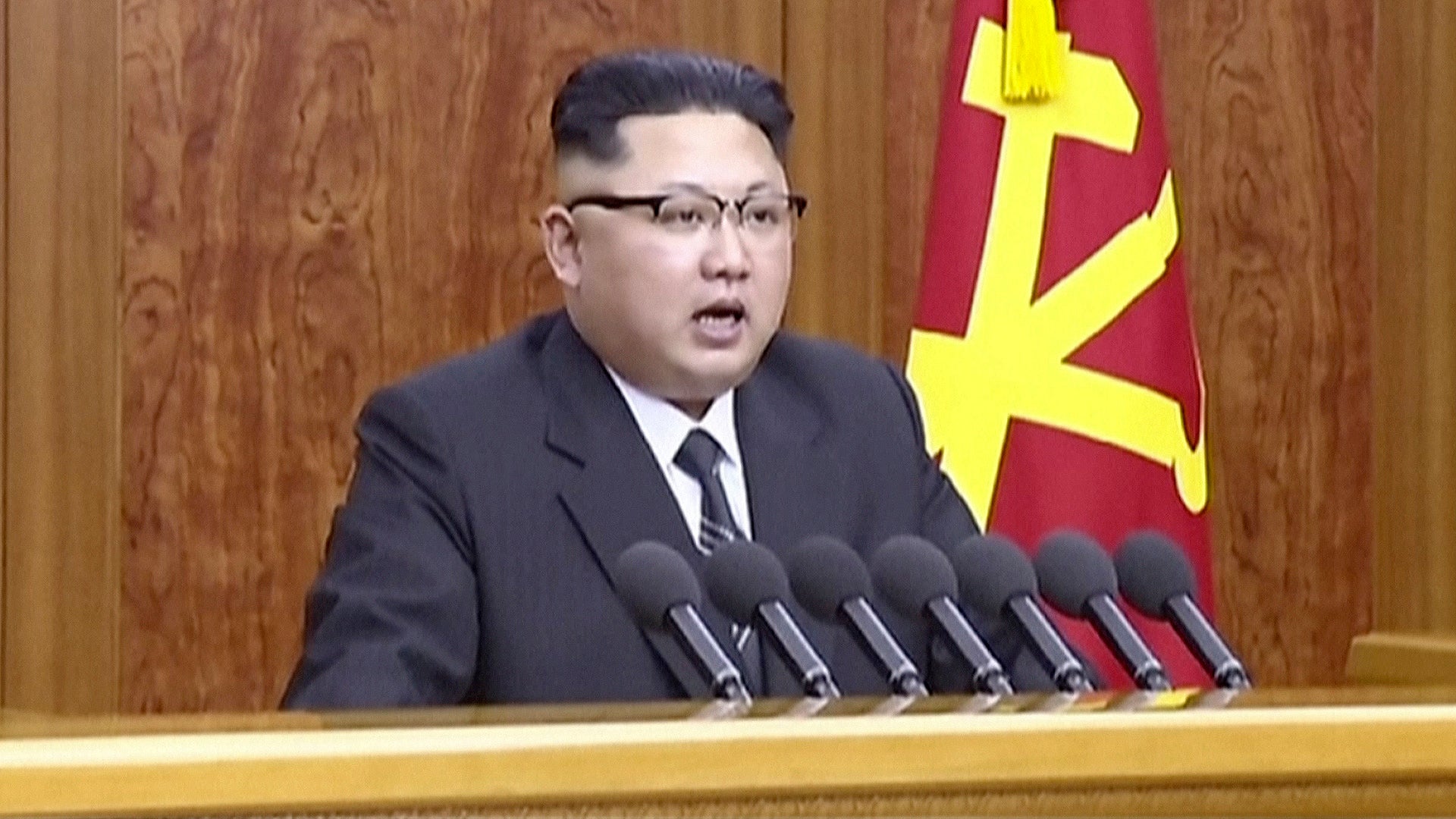“Research and development of cutting edge arms equipment is actively progressing and ICBM rocket test launch preparation is in its last stage,” Kim Jong Un stated during a New Year’s Day speech.This time there appears to be no shallow cover story stating that the long-range rocket would be used to put a worthless satellite into orbit or is being launched for some other scientific means. Just as Kim said, this would be a test of intercontinental ballistic missile. With this statement it appears that laughably frail disguise that North Korea has historically tried to hide its high-end missile programs under for years has been dropped officially—an ominous sign of just how serious and openly aggressive North Korea’s missile and nuclear weapons development initiatives have become.
Nearly everything regarding North Korea’s missile programs has changed since early last year. The War Zone predicted that North Korea would go from fielding missiles with “paper capabilities” to a series of rapid tests and development programs, ones that will appear unafraid of the international optics of repeated failures. Over the last nine months Pyongyang has done just that, drastically accelerating its missile test launches as well as its nuclear detonations. So far all these launches have been of medium-range ballistic missiles and smaller (one could have been of the previously untested road-mobile KN-8 ICBM, or an advanced version of it the KN-14, though analysis remains inconclusive) but according to Kim, that may now change.
The product of such a test will likely be a culmination of all that North Korea has learned over the last year of missile testing and development, and it may even feature a whole new missile. In the past, North Korea’s ICBM/rocket has been based around an evolving design known as the Taepodong 2. Various other names of slightly different configurations, including Unha (most recently the Unha 4) and Kwangmyongsong have been used, but they all center around a common and an aged design concept.
The Taepodong 2 family of rockets require extensive infrastructure are very predictable and easy to kill, as they have to be fueled and sit on a launch pad for long periods of time before being fired. As such, this kind of weapon is extremely vulnerable to preemptive attack. Its very nature gives America’s missile defense apparatus time to prepare to examine their launch, and if need be to shoot the missile down altogether.
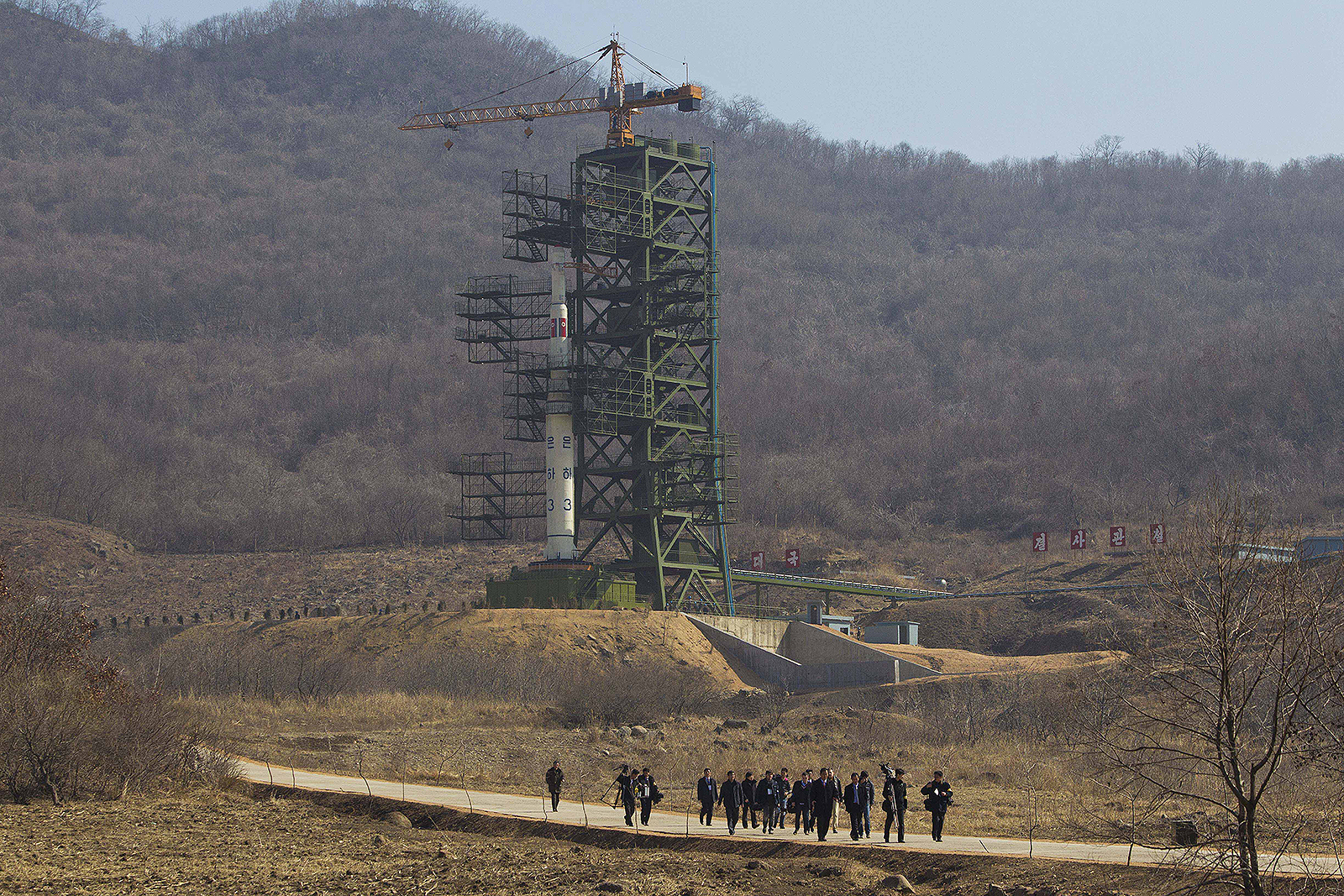
Another improved Taepodong 2 test may be historically most likely to be what Kim is referring to, but it is possible that a new weapon altogether could be tested. This missile could feature extensive use of solid propellant, or at least be more conceptualized as a rapidly deployable military weapon system than its Taepodong 2 counterpart.
It’s even possible that Kim is talking about a submarine-launched ballistic missile. Although it would likely not feature true ICBM performance in terms of range, the fact that the submarine could venture out a distance from the North Korean mainland before launch could put the combo at the high-end of the intermediate range ballistic missile rubric. It would also be far more survivable against land-based missile interceptors, like THAAD, which is about to be forward-deployed to South Korea. The KN-11 “Polaris” submarine-launched ballistic missile has already been tested multiple times, and another test of an improved KN-11 could be coming soon, as there has been activity spotted around North Korea’s only ballistic missile capable submarine as well as the support pier and missile development installation that hosts it.
There has also been activity spotted around what could be a new land-based missile silo launch site, one Iran may have had a hand in developing. This installation isn’t equipped to support anything near the size of a Taepodong 2, but it could host something like a Musudan intermediate range ballistic missile, the shadowy KN-8 ICBM, or its bulkier and longer-range cousin the KN-14. If the KN-8/KN-14 was successfully launched via a silo, or definitively launched at all for that matter, it would mark a major departure from the clumsy long-range rockets of North Korea’s past, signaling a far more astute and modern operational ICBM capability on North Korea’s horizon.
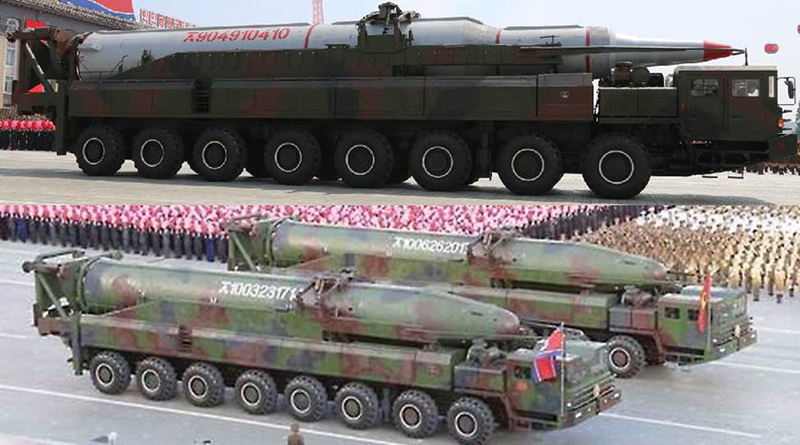
With a launch apparently imminent, what flight path would a long-range, or even a medium-range missile test take? If, for instance, the missile was slated to cross over Japan, there is a chance Japan or the US could shoot it down. A new Trump administration may aim to shoot down North Korea’s missile tests regardless of where they are headed. It would serve as a sign of a much more aggressive policy when it comes to dealing with the North and seeing that North Korea is in violation of UN resolutions when it tests these missiles, a legal argument for shooting them down likely exists.
Although President-elect Trump has said in the past that he would like to negotiate with Kim Jong Un directly, ordering an ICBM test to be shot down would set in place a whole new series of roadblocks for Pyongyang’s race towards operational nuclear weapons and delivery systems capability. A test of a new advanced ICBM, if it is allowed to take place, could result in a large progression in North Korea’s nuclear weapons delivery capability know-how, especially when it comes to long-range guidance and fielding reentry vehicles carrying miniaturized nuclear weapons that are capable of withstanding the high heat and stress of atmospheric reentry.
It is this race towards realizing a credible nuclear deterrent that recent North Korean defector Thae Yong-ho, who was second in command at North Korea’s embassy in London, says is Kim’s number one priority. He stated that “Due to domestic political procedures, North Korea calculates that South Korea and the US will not be able to take physical or military actions to deter North Korea’s nuclear development” and that the country is “racing ahead with nuclear development after setting up a plan to develop it nuclear weapons at all costs by the end of 2017.” He also added that there was no sum of money that would change Kim’s mind or keep the country from realizing its nuclear ambitions—a bleak report to say the least.
There is also the real possibility North Korea could retaliate if this potential upcoming test, or any of their missile tests, were shot down—but once again what that response would look like remains unclear. Some sort of scaled response, such as sending artillery shells over the DMZ and into South Korea, or even attacking a South Korean patrol boat are just a handful of more mild potential reactions. Then again, the absolutely paranoid North Korean regime could do nothing, at least not initially—or something far worse. It is just so hard to predict.
There is also possibly the option that the Trump administration could utilize other more clandestine and deniable non-kinetic tactics to neuter the utility of Pyongyang’s missile tests. These may include jamming radars and data-links that are crucial in monitoring a missile’s flight telemetry and its sub-systems’ reliability during that flight. Doing so could turn North Korea’s rampant test schedule into a very high-cost-low-return proposition.
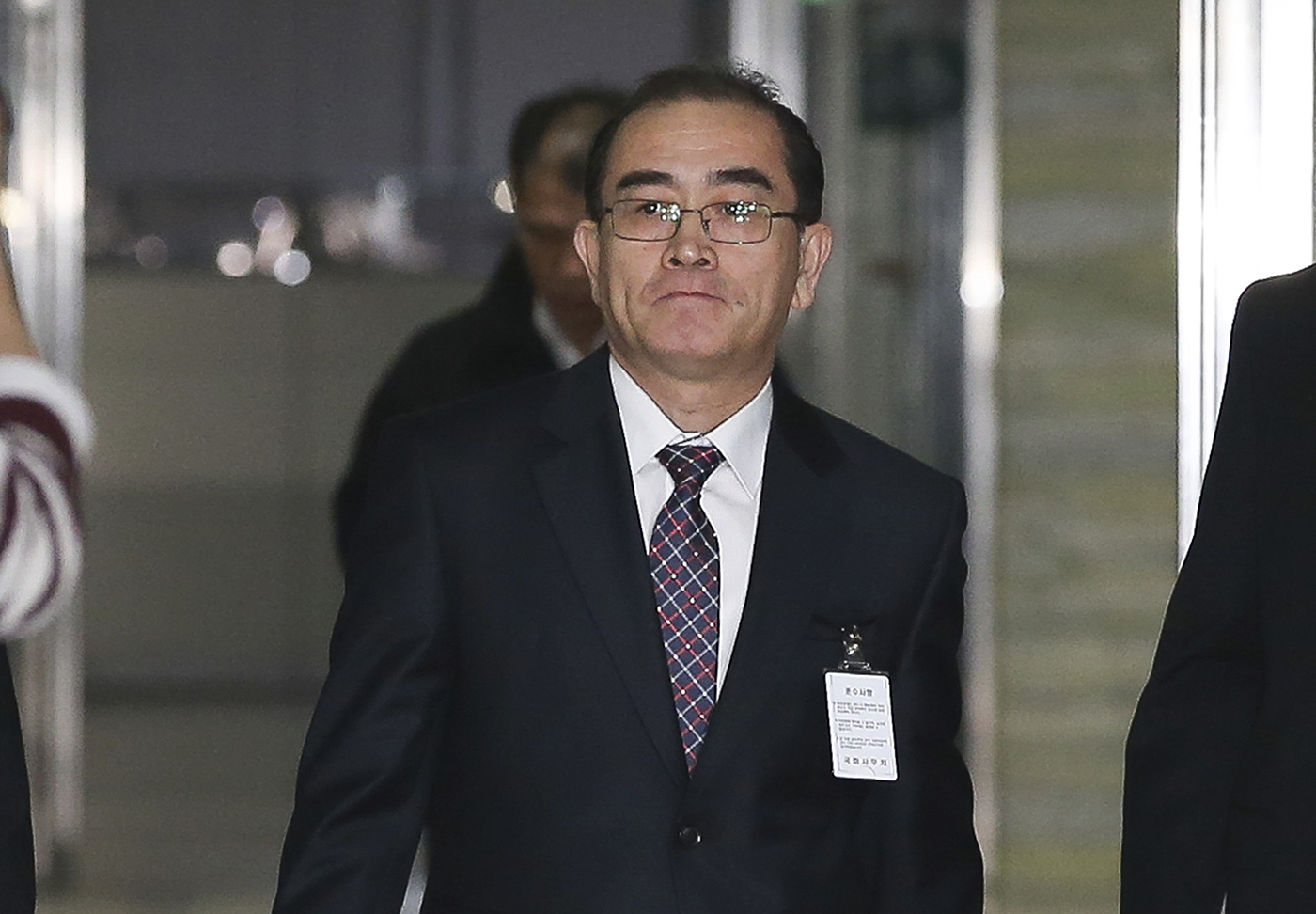
Beyond all this, the question remains of what North Korea’s burgeoning nuclear arsenal and missile programs actually buy? In the regime’s paranoid thinking, it is likely seen as a super weapon insurance policy of sorts, one that could keep the more technologically advanced US and its South Korean allies at bay while also allowing North Korea to operate in a less strangled manner, regardless of hard-hitting UN sanctions. In reality, the US and South Korea have no intention of invading the North. There is the long standing theory that the Kim regime is doing all this as a grand bargaining chip, and they do have the Iran nuclear deal to look at as a template for such a strategy now. Yet this theory becomes less plausible with each passing day—especially in light of reports like Thae Yong-ho’s. It is sad to think that all this is being done primarily due to a total lack of understanding, communication, and out of outright fear, but that really does seem to be the North Korean’s primary motivations.
Kim’s growing ballistic missile capabilities do put South Korea and Japan in danger, along with US bases in region. Eventually, if this growing capability is left unchecked, North Korea will be able to hit Hawaii and Alaska, and possibly parts of the American west coast—at least theoretically. Still, with between a dozen to 20 nuclear bombs, and enough nuclear material to build an additional three and six weapons each year, North Korea’s missiles could rain catastrophic destruction onto major population centers if they were not swatted out of the sky first. But when it comes to the US, any use of nuclear weapons by North Korea would result in the prompt end of that country altogether. America’s nuclear arsenal has the ability to pummel Pyongyang into oblivion in a single barrage. As such, the threat posed to the US, and even those countries under its nuclear umbrella by a nuclear armed North Korea is dubious at best. It sounds scary as hell but when you really break it down, it is a suicidal capability—at least when delivered using conventional means like easily traceable ballistic missiles as a first-strike.
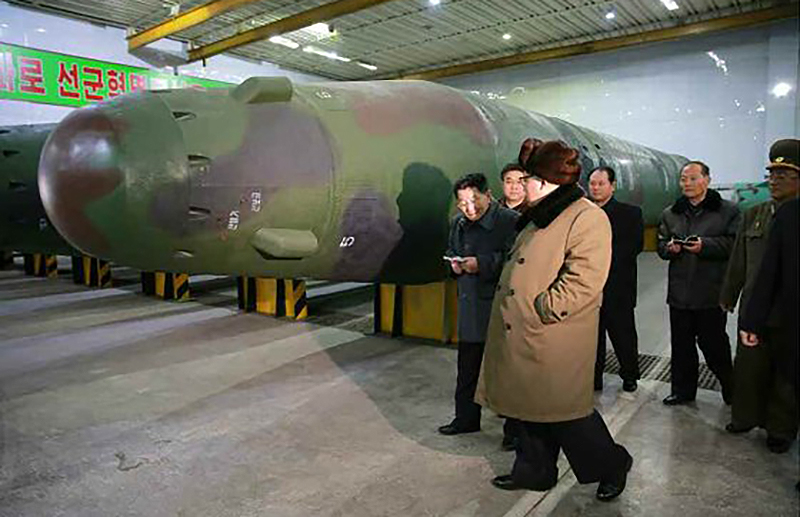
It all comes down to unpredictability, something that the North Koreans have a knack for. Sure, the use of any of these weapons would result in certain destruction for Kim Jong Un and his cohorts, but many thousands, even millions of people would lose their lives before a counter-attack could be successfully realized. Additionally, pegging the state of North Korea’s rulers’ rationality, or even the stability of the Kim regime as a whole, at any given moment is challenging to say the least. As such dealing with North Korea’s nuclear and missile programs continues to be a very important and high-stakes game.
Maybe North Korea sees Donald Trump’s propensity to stop supporting major alliances, especially those with large and costly military commitments like the one between the US and Seoul, as a possible way to realize change in their favor regarding the current military equation on the Korean Peninsula. But even if the US were to pull back from its long-standing commitment to Seoul, which is very unlikely to happen despite Trump’s rhetoric, the South would rapidly arm itself with more conventional weaponry and would quickly build a nuclear arsenal of its own. In fact, contingency plans for such an possibility seem to be already underway.
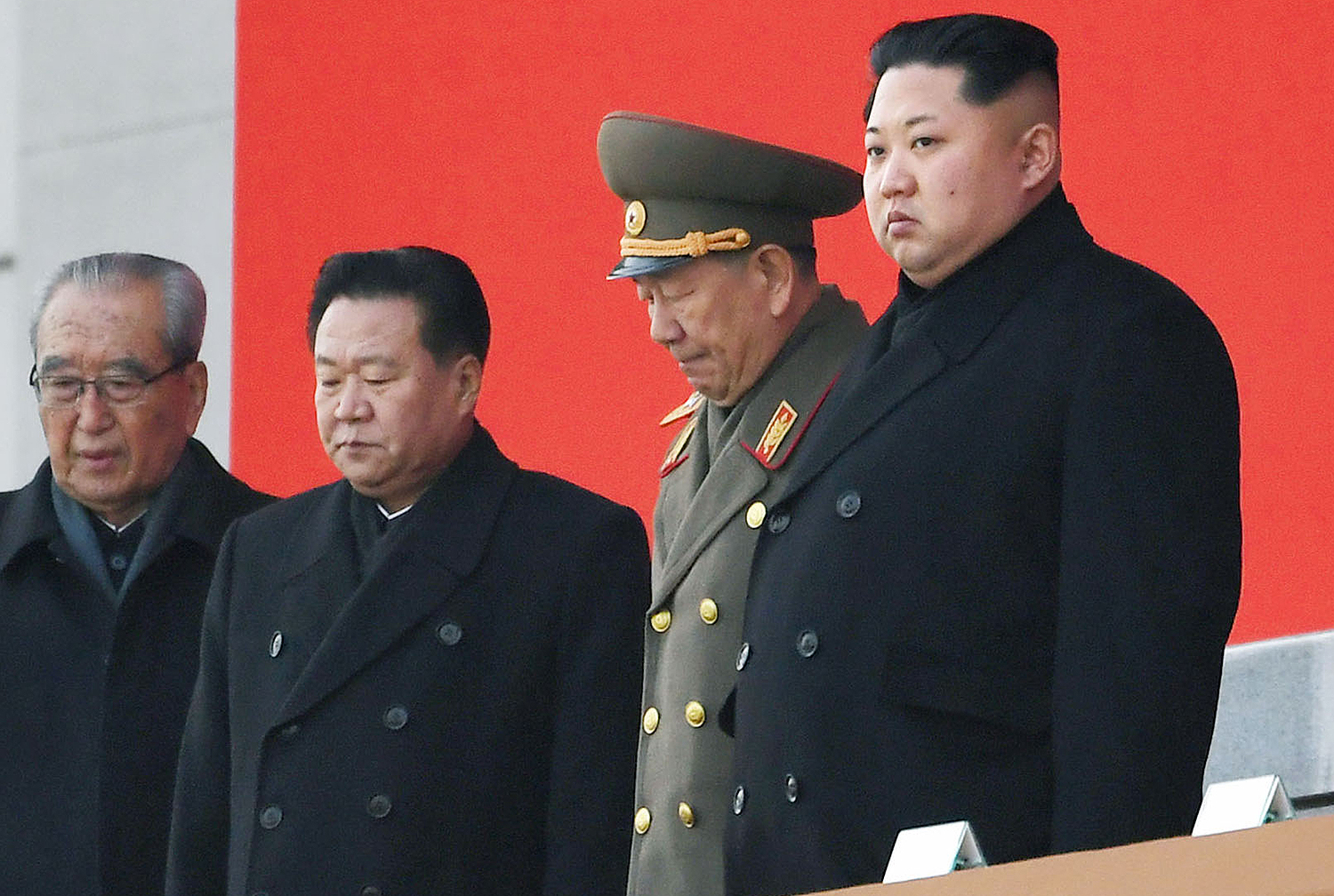
No matter how firm a hand the US takes in the future when it comes to North Korea’s missile and nuclear ambitions, any meaningful change regarding their mad dash to operational nuclear capabilities will have to include China. As North Korea’s biggest trading partner, and their source for everything from food to energy, they are the only nation with leverage to change the North’s trajectory for the better. In the end, regardless of how robust a missile or nuclear weapons development program is, it cannot proceed without electricity, and without China supplying that energy, the power in North Korea would switch off in just a matter of days.
The Trump administration already has a lot to talk about with Beijing. With the possibility of a major trade realignment (some would call it a trade war) looming between the two superpowers, and extremely sensitive topics like cyber theft, Taiwan and the South China Sea also on the docket, there may be possibility that Trump could role in the demand for a new hardline Chinese stance on North Korea in a future deal with Beijing. In fact, the Obama administration has already been laying the groundwork for just that. In the end, American imports and manufacturing are far more important to China’s future than Kim Jong Un, and in this truth there is potential.
We will have to wait and see how the nuclear and ballistic missile chess pieces begin to move around the North Korean countryside in the coming days and if Kim Jong Un will stick to his word as far as the looming missile test is concerned. But if last year was any indication, 2017 will be even more packed with missile launches and nuclear detonations courtesy of the Hermit Kingdom and its young tyrant ruler. Inauguration day in American will be especially interesting to watch in relation to North Korea as they are likely remind the new President that they exist and are more of a threat now than ever before. Then again, doing nothing and staying as quiet as possible over the coming months as their missile and nuclear weapons programs progress may be even a more ominous sign—one that underscores how realizing an operational and credible nuclear deterrent has become far more important to the North Koreans than historical saber rattling and attention grabbing gestures.
Contact the author Tyler@thedrive.com
